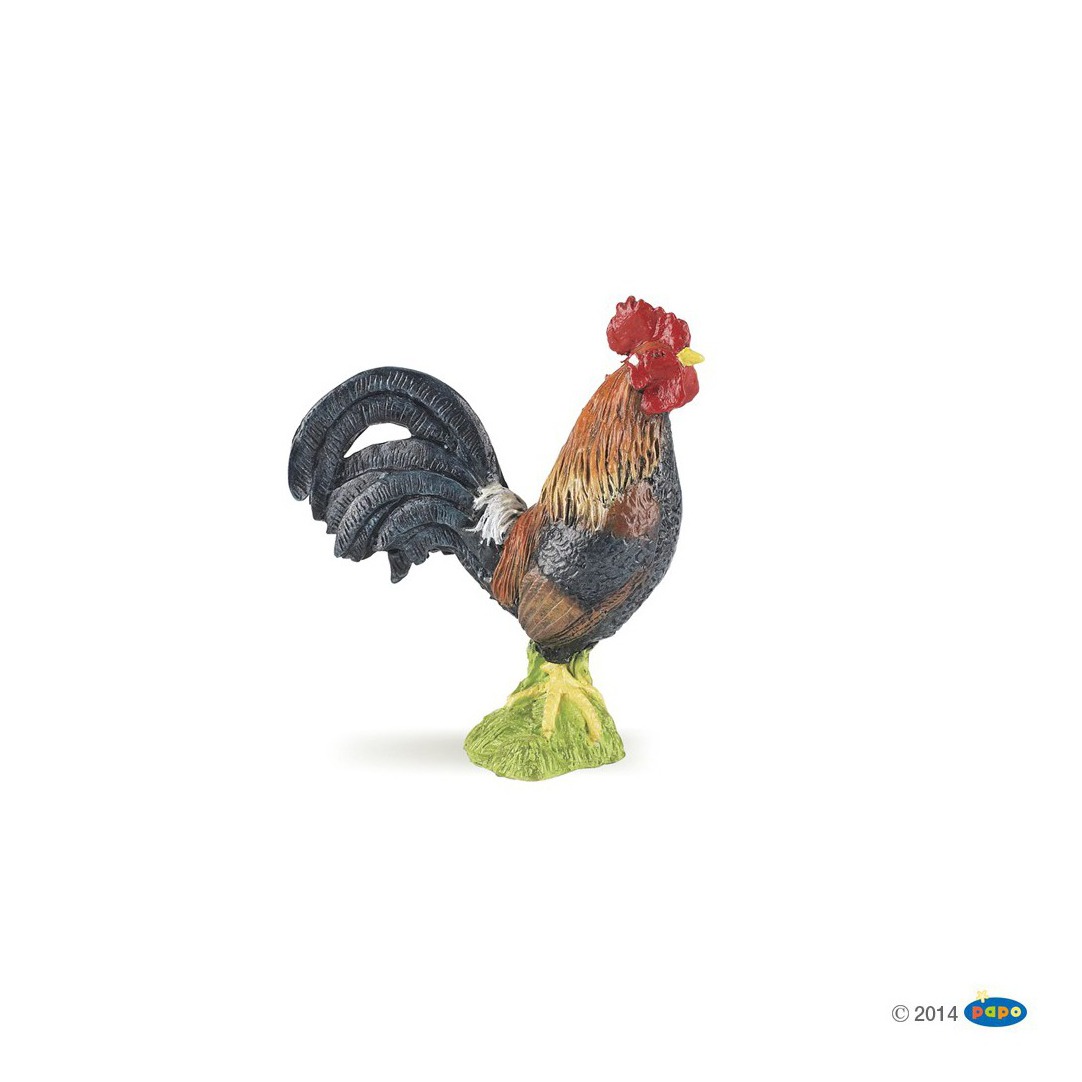


Much of the humor in Astérix is based on stereotypes and details of cultural identity. The English phrase here can be understood in two ways: It’s time to get rid of you (when using a comma and meaning get rid of the metric system) and it’s time to go metric (without the comma, meaning it’s time for a change), thus representing both sides of the debate.

The phrase alludes to the debate in England about “going metric,” meaning an official change to using the metric system for money and measurement. In Astérix et les Goths the chief Téléféric is deposed by his enemy who says “Ta vie ne tient qu’à un fil, Téléféric.” Since cable car and “hang by a thread” do not have the same close connection in English, the translators totally transformed the word play by changing the chief’s name to Metric with his opponent saying “It’s time you were going, Metric” (95). A great challenge for translators is rendering into English plays on words, which are based on colloquial meanings, sounds, and cultural references. There are many clever names invented by the English translators that often have a connection with the French or with the original meaning of a certain word, such as the dog’s name Idéfix which becomes Dogmatix in the English translation. For example, in Astérix et le chaudron the character Juleraimus (Jules Raimu, a wellknown French actor from the 1930s) becomes Alecguinus (Alec Guinness, a famous British actor who admired Raimu). In order to organize and present such a vast amount of material, the authors divided their comparisons into four chapters: “Les noms propres,” “Les jeux de mots,” “Accents, dialectes et langues étrangères,” and “Les allusions culturelles.” The chapter on proper names is divided into numerous categories, such as historical references and adaptations of the original French names to fit the context. In their introduction, Delesse and Richet discuss the challenges translators face in their efforts to remain close to the original work while creating similar cultural humor that is essentially an adaptation.
Coq gaulois series#
The authors compare thirty-three episodes of the series by René Goscinny and Albert Uderzo (the last eight by Uderzo alone after Goscinny’s death in 1977) with their corresponding English translations, all of which were done by Anthea Bell and Derek Hockridge between 19. This book deserves a belated review because it presents a major research project on Astérix that deals with the difficult art of translating cultural humor. Le coq gaulois à l’heure anglaise: analyse de la traduction anglaise d’Astérix. Western Washington University Edward Ousselin DELESSE, CATHERINE, et BERTRAND RICHET. However, Fourastié is briefly mentioned only once (168). In lieu of an abstract, here is a brief excerpt of the content:įourastié, would have been called for.


 0 kommentar(er)
0 kommentar(er)
